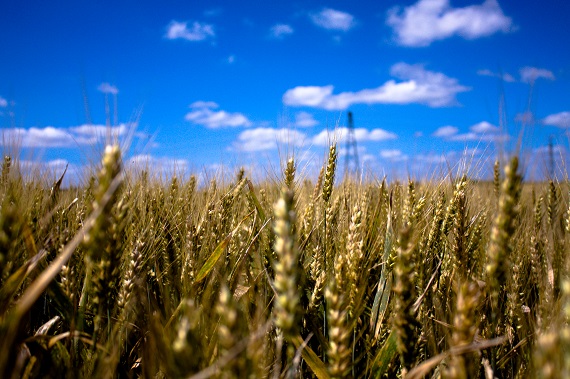


Australia's most comprehensive organic and natural directory
Blog / Food
21 Oct 2015The problem with Gluten

Gluten is a protein found in the grains wheat, barley, rye, spelt, kamut and sometimes oats. It is most well-known as the agent that allows breads and cakes to rise and gives them their elastic texture.
Celiac Disease is an auto-immune disease where the immune system is triggered by the gluten protein. The body sees the undigested gluten proteins as a foreign invader and launches an attack on the digestive tract as well as other organ systems.
Common symptoms of Celiac Disease are bloating, gas, diarrhea, constipation, fatigue and joint pains. It is usually diagnosed by an intestinal biopsy where damage to the microvilli (hair-like structures in the digestive tract) is seen. The damage to the microvilli may cause nutrient deficiencies therefore contributing to other symptoms experienced by celiac sufferers.
Studies have shown that the number of people suffering from Celiac Disease has increased by 400% in the last 50 years. The reason for this may be because humans have only had grasses introduced into their diet in recent history, so our digestive systems have not adapted suitably. Another factor could be that new strains of wheat have been introduced recently which have a higher gluten content to allow for ‘fluffier’ bread products.
Gluten sensitivity seems to be on the rise these days and one does not have to have full-blown Celiac Disease to suffer symptoms of gluten intolerance. People may still have elevated gluten antibodies and experience symptoms when eating gluten. This is known as non-celiac gluten sensitivity (NCGS) and symptoms may be fatigue, IBS, allergies, chronic depression, ADD, aches and pains, acne, bloating and constipation/diarrhea.
Our intestines make a protein called zonulin, which weakens the tight junctions between intestinal cells and increases permeability in the gut. It has been found that zonulin production increases in the presence of gluten and this may be how it leads to Celiac disease and gluten-sensitivity.
If you eat a lot of gluten products and notice any of the above symptoms after you eat gluten then you may be a candidate for a gluten-free diet. In Celiac Disease and non-celiac gluten sensitivity, all gluten needs to be removed from the diet in order for the gut lining to heal and symptoms to disappear. Gluten is hidden in all sorts of processed food products, wraps, salad dressings and gravies. The good news is that food which is nutrient-dense and good for us, like meats, fruits, vegetables, nuts, seeds and legumes are all naturally gluten-free.
Find natural and organic gluten-free products here.
Sources
http://articles.mercola.com/sites/articles/archive/2009/07/23/why-is-wheat-gluten-disorder-on-the-rise.aspx
http://well.blogs.nytimes.com/2014/10/06/when-gluten-sensitivity-isnt-celiac-disease/?_r=0








